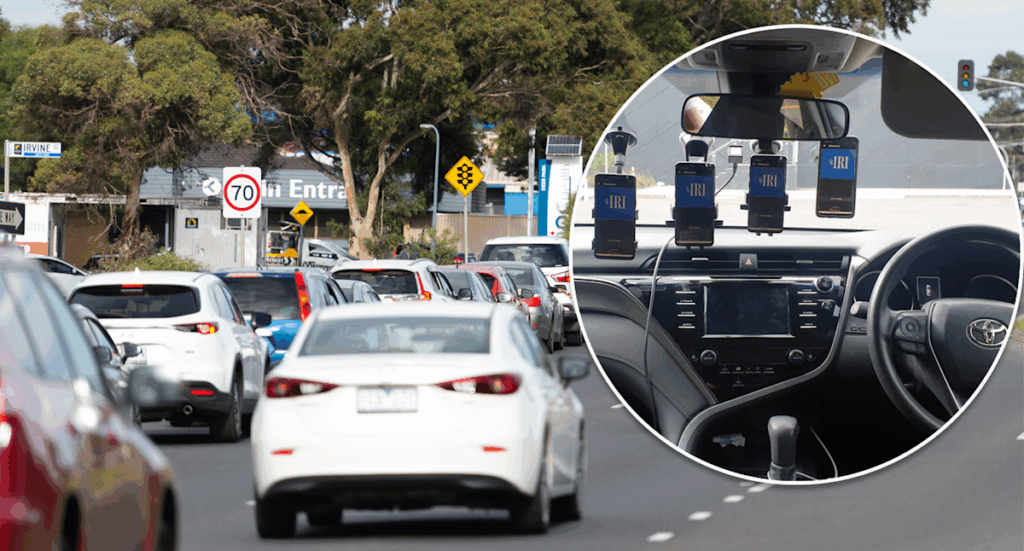
In a bid to tackle the persistent problem of potholes on Australian roads, researchers at Monash University in Melbourne are pioneering a novel approach that utilizes smartphone technology and artificial intelligence. This innovative method promises a faster and more cost-effective way to monitor road conditions and address degradation before it leads to significant damage.
Dr. Yihai Fang, the lead researcher, explained the motivation behind the project, stating, “As a driver, it bothers me to be driving over potholes almost every day.” The research team has been exploring AI solutions for various infrastructure applications, supported by funding from the Australian Research Council. Their goal is to create pothole-free cities by leveraging the sophisticated sensors found in smartphones.
Innovative Use of Smartphone Technology
The researchers’ solution involves using the accelerometer, gyroscope, and GPS technology embedded in smartphones to detect bumps during a journey. This data is then fed into an app that constructs a live map of road conditions across a region. The system accounts for variables such as how the phone is mounted in the car and the vehicle’s suspension type, using machine learning to identify problem areas.
Current road monitoring methods, while accurate, are limited in frequency and coverage, typically relying on specialized survey trucks equipped with laser technology. These trucks are usually deployed no more than once a year, according to Dr. Fang. In contrast, the smartphone-based system has been tested by 25 Monash University students using standard Android devices, offering the potential for continuous monitoring.
“We envision a city-wide road health map powered by everyday drivers,” Dr. Fang stated.
Potential for Broader Implementation
There is a growing call for councils and state road authorities to adopt this technology, not only in private vehicles but also in public fleets like garbage trucks and buses. While online portals exist for drivers to report potholes, maintenance is often constrained by budget limitations and the lack of timely information about road conditions.
Dr. Fang argues that road degradation can increase the risk of accidents, and he hopes to see the technology integrated into existing fleets of public vehicles. Discussions are ongoing with VicRoads and the National Heavy Vehicle Regulator to explore the technology’s potential.
The federal Department of Infrastructure has acknowledged that improved road maintenance can lead to savings for drivers. A recent report highlighted that better maintenance reduces costs for road users, although it does require higher expenditure from road agencies.
All levels of government in Australia spend approximately $30 billion annually on road maintenance, upgrades, and expansion, with maintenance costs estimated to be 20 to 40 percent of total road expenditure, or roughly $10 billion.
Challenges and Future Prospects
Climate change and extreme weather have exacerbated the stress on road networks, with heavy rainfall impacting large areas of the country in recent years. This has not gone unnoticed by politicians, with NSW Premier Chris Minns commenting on the prevalence of potholes in Sydney.
As electric vehicles (EVs) become more common, the federal government is working with states to address the loss of revenue from the fuel excise, which funds road maintenance. A proposed road tax for EVs aims to ensure sustainable funding for road investment and maintenance.
“Reforms to road user charging arrangements for electric vehicles have the potential to bolster productivity through more efficient use of the road network,” stated a joint release from federal and state treasurers.
The proposed reforms are intended to support the continued adoption of electric vehicles while ensuring equitable treatment across different vehicle types. The integration of smartphone technology in road monitoring could play a crucial role in maintaining road quality and safety as these changes unfold.
As the Monash University team continues to seek new partners to scale up their research, the potential for a smarter, more efficient road monitoring system remains a promising prospect for the future of Australian infrastructure.





